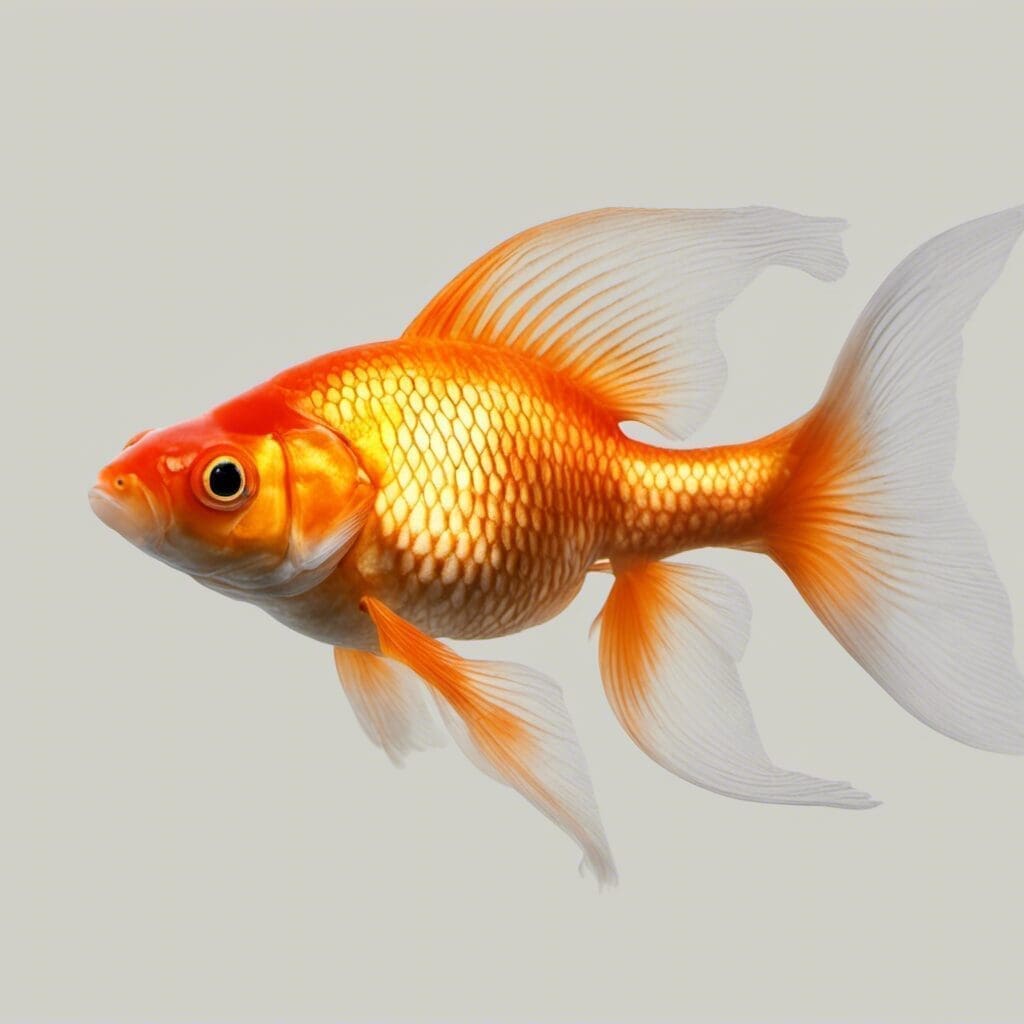Introduction
The Goldfish, a well-known and highly sought-after species, belongs to the Cyprinidae family. It is scientifically known as Carassius auratus.
Conservation Status
The conservation status of Goldfish is classified as “Least Concern” according to the International Union for Conservation of Nature (IUCN). While there are no significant conservation efforts directly pointed towards this species, there are general efforts in place to ensure the well-being of all aquatic life.
Statistics
| Statistical Aspect | Average/Range |
|---|---|
| Length | 10-14 inches / 1-20 inches |
| Weight | 2 pounds / 0.5-3 pounds |
| Average Lifespan | 10-15 years |
Distribution
Goldfish are native to East Asia but have been widely distributed worldwide. They typically don’t follow any migration patterns.
Habitats
Goldfish are freshwater fish that can live in still or slow-moving bodies of water. They survive in a depth range of 1-20 metres and a temperature range of 10-30 degrees Celsius.
When and Where to See
Goldfish are visible around the year and are generally active throughout the day.
Best Fishing Locations
Here are some popular locations to find Goldfish:
- Jindai Botanical Park, Japan
- Orange County, United States
- Sichuan, China
Goldfish can be found near the surface of ponds, lakes, and streams. Look for bodies of water with aquatic vegetation and slow moving currents.
How to Catch
Goldfish respond well to baits including corn, bread, cheese, or specially made commercial goldfish bait. The best time to catch goldfish is during warm weather months and in the late afternoon or early morning.
Identification Guide
The goldfish is easy to identify due to its vibrant golden-orange hue, though there are also white, red, black, and yellow variants. They have a round, elongated body and can be distinguished from similar species by their characteristic split tail.
Culinary
While not commonly consumed, Goldfish are edible and could possibly be prepared like other freshwater fish. Please note that home-kept goldfish are not recommended for consumption due to their diet and potential exposure to toxins.
Additional Information
Goldfish are generally deemed to be social, peaceful, and active, making them a favorite for aquarium keepers. They are omnivores that eat plants, insects, and smaller fish. Goldfish have no specific natural predators except larger fish and birds.
Historically, goldfish have held symbolic meanings in various cultures, most notably in Chinese culture where they symbolize wealth and prosperity.
References and Further Reading
For further information on goldfish, please refer to:
- Bruno, C. & Aquino, A. of ‘The Goldfish: An In-Depth Look’
- ‘Ornamental Fishes and Aquatic Invertebrates’ by Watson, D.
Note: Please consult your local fishing regulations and guidelines to ensure responsible practices

